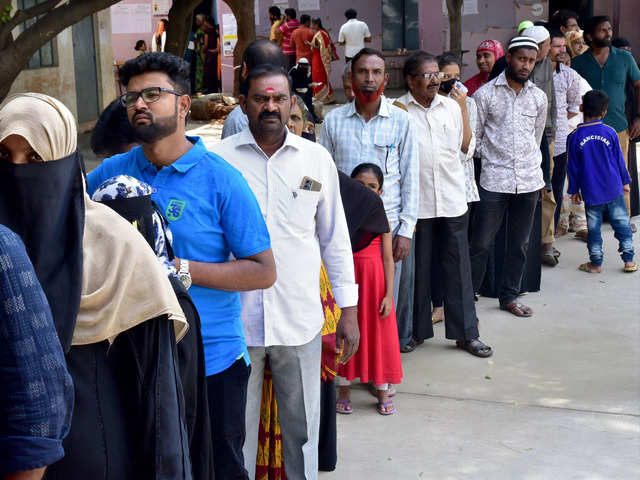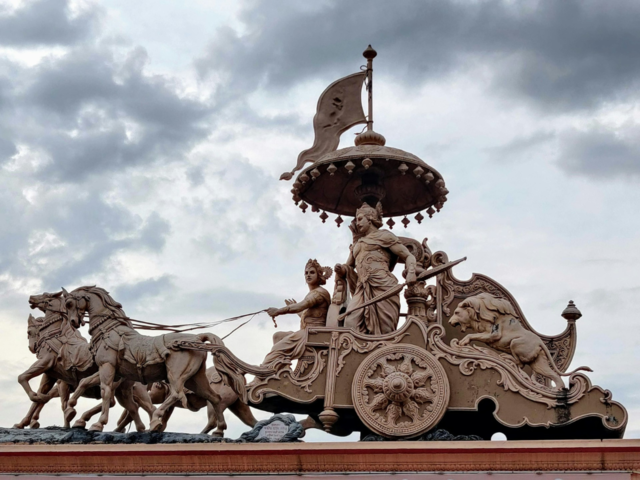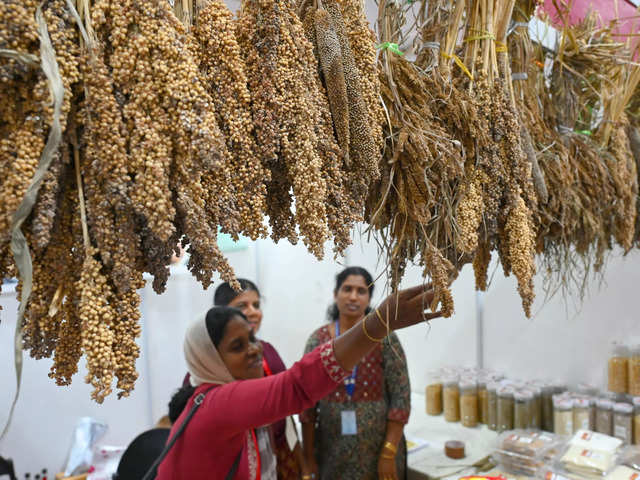
How Twitter is helping journalists in India. Pixabay
How Twitter is helping journalists communicate with readers swiftly and at scale.
May 16, 2020, 11:39 IST
ad-tech
As Twitter introduces steps to combat fake news, it has added 14 million monetizable Daily Active Users since the last quarter
May 16, 2020, 11:39 IST
How Twitter is helping journalists communicate with readers swiftly and at scale.
- With a lot of uncertainty around, people are turning to TV channels and websites to constantly check the news updates. With this, Twitter has seen an increase in its mDAUs.
- It is now organising workshops and rolling out new features to help journalists package news developments in easily accessible formats for their audiences.
- Amrita Tripathi, Head News Partnerships,
Twitter India shares with us a few reasons why the mDAUs have seen a spike in the last quarter and how the platform is helping journalists communicate with readers swiftly and at scale.
Over the past few weeks, we have witnessed an onslaught of unverified, unreliable pieces of news articles doing rounds on various social media and messaging platforms. There’s been such a massive spread of false information, not just in India but across the globe that commentators started referring to this as a ‘disinfodemic’, stated the United Nations.
And it is to combat this pandemic of a different kind that Twitter has rolled out a few features to help media organisations keep a check and package the news developments in easily accessible formats.
Before they start their day, journalists can quickly get a read on what questions are on the public's minds, understand which and how many hashtags to use, where to put images and videos, etc via Twitter’s real-time training.
Explaining what role Twitter plays as a platform for media houses, Amrita Tripathi, Head News Partnerships, Twitter India said, “Newspapers and media organizations have a significant role in fighting today’s challenge and spreading correct information at a regional, city-wide and national scale. They also have the additional responsibility of ensuring that people get the information they need, news they can use, in an easily accessible format. This is really where Twitter’s role as a platform that exists to serve the public conversation becomes even more critical. Media professionals such as journalists, health editors and news stations can quickly get a read on which questions are top of mind (like queries around Hand Sanitiser vs Soap as The Hindu did) and in turn provide their audiences accurate and trustworthy sources of information. This is all done in real-time, in a conversational and engaging way.”
Twitter’s training workshops for journalists includes lessons such as:
- How to join and drive: The real-time conversation around breaking news
- How to Thread Tweets so audiences can get the full context of a story
- Why it’s important to use Images and Videos where you can
- How to create Twitter lists to showcase team members that audiences can follow for credible updates on a particular topic
- How to make Tweets relevant by using the most relevant hashtags (and not more than 2!) to be able to join in the larger conversations. For example, to follow Tweets on India’s efforts and actions to combat the virus, #IndiaFightsCorona might be the hashtag of choice
- How to ensure that Tweet, Retweet and engage with content responsibly. Ensure the source of your information is credible. Do not misinform or be misinformed by sharing unverified messages or screenshots unless they have originated or been verified from an authoritative source. #ThinkBeforeYouShare
- How to report abuse on Twitter and keep teams safe
As a result, in the past few months, Twitter has seen more people turning onto its platform to participate in the public conversation and follow what’s happening in real-time. Its average monetizable DAU (mDAU) grew 24% year over year to 166 million.
Sharing with us the reasons behind this uptick, Tripathi said, “This growth was driven by typical seasonal strength, ongoing product improvements, and global conversation related to the COVID-19 pandemic. This is our highest reported year-over-year growth rate till date. The service has also added 14 million average mDAUs since the previous quarter.”
Twitter India has multiple news partnerships in place -- both from an editorial and revenue point. Right now, they are focusing on localisation and reaching out to different kinds of news portals, irrespective of their size. The news partners can also explore their tools and features to optimise their engagement, reaching a wider audience, which includes Lives, Twitter Threads, Twitter Moments.
“We are actively working with news publishers and journalists to familiarise them with the best ways to use the platform and optimise their content for engagement. This is across languages, as the audience base in India is diverse and multi-lingual. The aim is to make real-time updates accessible to everyone across India, so we are also working with media organisations to share content in various Indian languages, including Hindi, Tamil and Marathi. We also want to ensure that we can work with and train partners across the spectrum, and independent mid-size publishers as well as massive news networks! People can see some of our partnerships showcased via the Explore tab when you scroll through the latest news stories, and some even on the Twitter India handle,” said Tripathi.
Today, every journalist is a COVID-19 journalist. However, Tripathi recently learned that media houses are now focusing on doing lighter stories instead.
“It’s been interesting to hear from editors that there is some fatigue with COVID-19-related coverage, and many newsrooms are expanding their focus into positive and uplifting content, as much as keeping a close watch on the developments in real-time. A key learning during this crisis has been precisely how closely the mission of Twitter to serve the public conversation ties in with the mission and purpose of journalism to provide people with the best possible information they need,” shared Tripathi.
Twitter has also incorporated a dedicated COVID-19 search prompt - when
And to help small news organisations continue their work in the face of new economic strains and to directly support journalists, Twitter also contributed $1 million to the Committee, Protect Journalists and the International Women’s Media Foundation.
Twitter India will be soon rolling out more features to help its news partners reach out to a wider audience.
INSIDER INTELLIGENCE REPORTS







